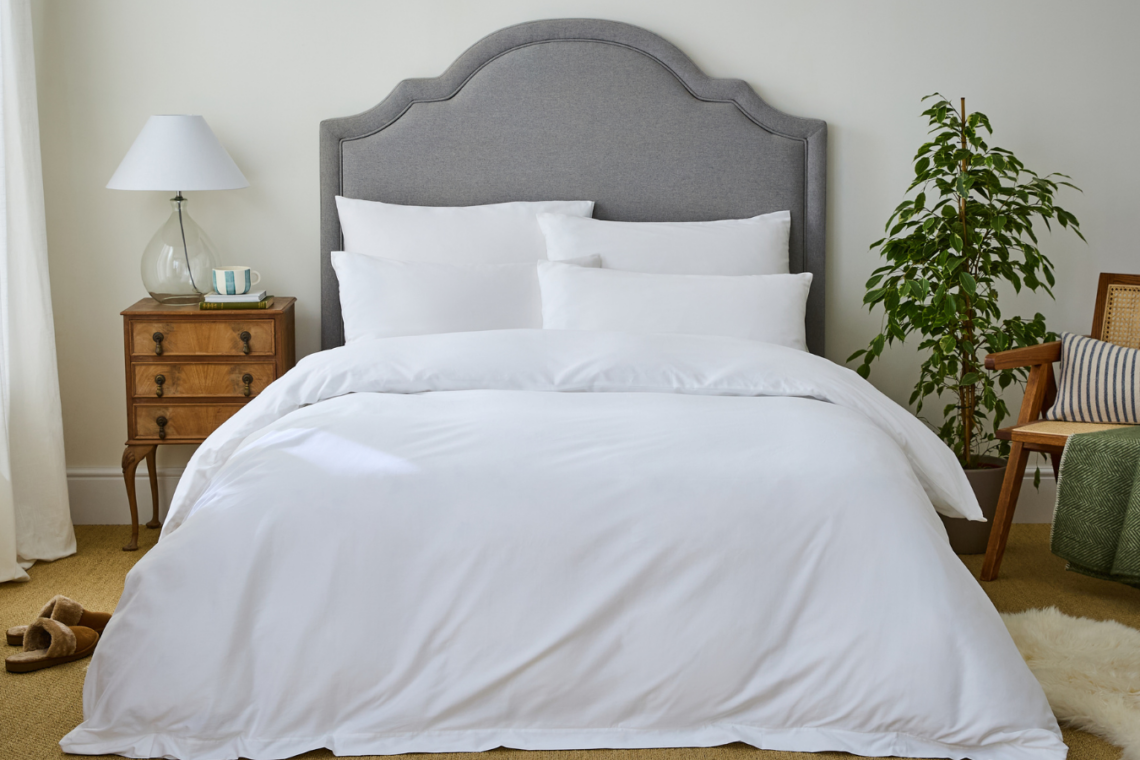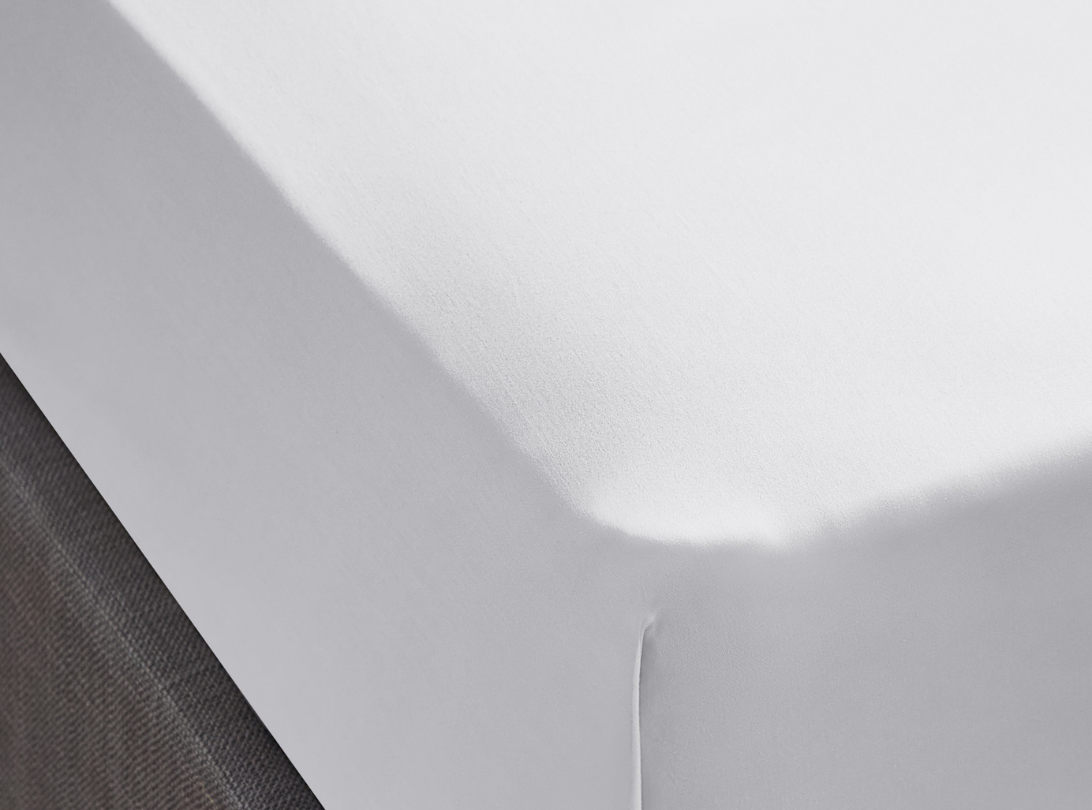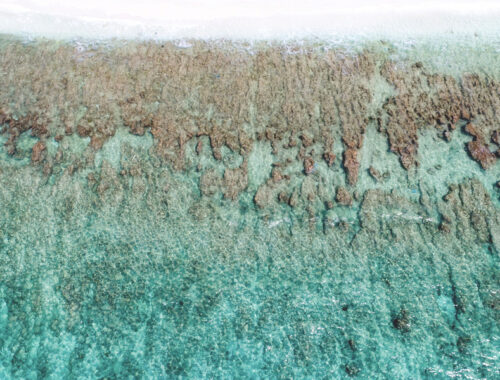
busting the thread count myth
As consumers, we’re led to believe that bedding with a high thread count means high quality. A high number does sound impressive. But contrary to popular belief, your best ever sleep experiences were probably not down to high thread count bedding. Instead, quality bedding manufacturers focus on thread quality to ensure a truly luxurious experience.
Stick with us for two minutes, and you’ll be a savvy shopper!
what exactly is thread count?
If you’re not sure exactly what thread count is, you’re not alone. After years of research, we discovered that only 5% of the people we surveyed actually understood thread count.
Thread count is the number of threads there are in one square inch of fabric. This includes both the vertical (warp) and horizontal threads (weft) that weave together to create the fabric.
The catch? This isn’t the whole picture. In reality, there are only so many threads that can actually fit into that one square inch of space, so manufacturers get creative with their weaving processes to try and cram more in.
does thread count matter?
Thread count does matter, but only to a certain extent. You want it to fall within a normal range. If the thread count is below 180, you could hold the fabric up to the light and see tiny holes – and that’s definitely not ideal.
On the other hand, extremely high thread counts (500-1000) are often just a marketing trick. By twisting lower quality yarns together in a plait-like method (we call these double or triple ply yarns in the industry), deceivingly high thread counts can be created. These sound great for marketing purposes, but results in scratchier, heavier sheets that can suffocate airflow while you sleep (not helpful for maintaining a good sleeping temperature).
So, what should you look for?
1. single-ply, long-staple yarns
Did you know that not all cotton yarns are the same? They vary in length and thickness – characteristics that determine the grade.
If it’s single-ply, that means there’s just one strand of yarn per thread. With two-ply, two strands of yarn are twisted together to form each thread.
Thread count is not as important as the quality of the cotton threads. Single ply, long staple yarns are a far better indicator of high-quality bedding, because it explains exactly how the thread count was achieved.

2. fibre content
Scan for percentages. Is it 100% cotton, or a blend of natural and synthetic fibres?
Where you see “100% organic cotton bedding” – you know you’re onto a winner. Unlike synthetic fibres, natural fibres are beautifully breathable, keeping you comfortable and able to enjoy the best Zzz’s possible.
3. processing details
Conventional (non-organic) cotton bedding processing relies on methods that involve toxic chemicals, dyes, and bleaches. This is on top of the chemicals and pesticides already used during the fibre growing process.
We turn to organic methods that’re free of any harmful substances, to produce our bedding.
Not only is the organic cotton fabric softer and stronger than conventional cotton, it also requires less water and energy to produce, lowers greenhouse gas emissions, and contributes to healthier soil.
4. certifications
Certifications are the proof we need in a market where marketing terms can sell us the dream… Quite literally! That’s why we certify our entire range to meet the highest standards.
Your Dip & Doze organic cotton bedding is GOTS certified, meeting the leading textile processing standard for organic fibres. That’s right, we’ve got the quality-assuring receipts.

soft & smooth or cool & crisp?
Soft & smooth (sateen) and cool & crisp (percale) are defined by their weaves. Rest assured that whichever you decide is for you, both are already softer and more durable than conventional cotton.
soft & smooth
Our organic soft & smooth cotton is made with threads spun in a ‘four-over-one-under’ pattern. The result is a buttery soft feel with a slight sheen that gracefully drapes and folds around your body for a blissful sleep.
cool & crisp
Our organic cool & crisp cotton is made by spinning threads in a tight ‘one-over-one-under’ pattern. The result is a crisp, cool-to-the-touch, matt finish that always feels just like the flip side of your pillow.
For beautifully breathable bedding that ages with grace, our 300 thread count bedding is made of the finest quality, long staple organic cotton in a single-ply weave.

why fairtrade really matters
You May Also Like

the beauty of our linen: jump in
September 5, 2022
the plastic microfiber issue: small steps for a better earth
September 12, 2019

